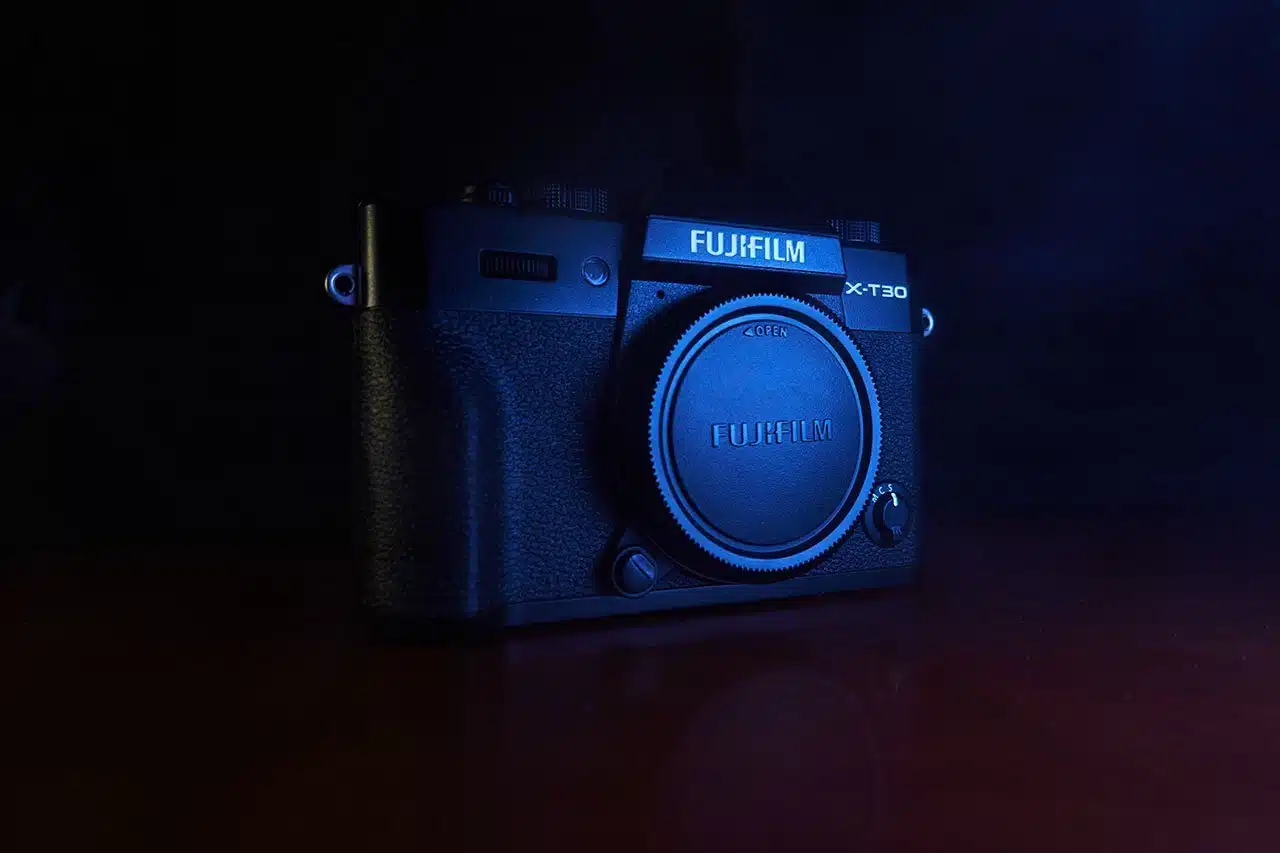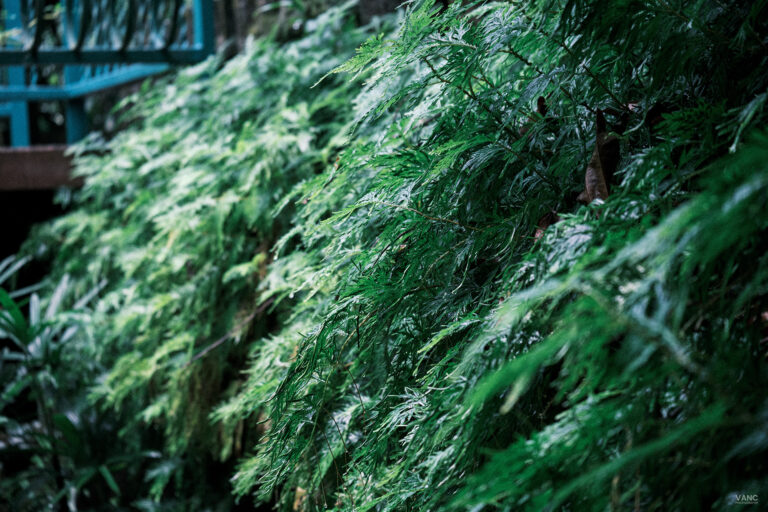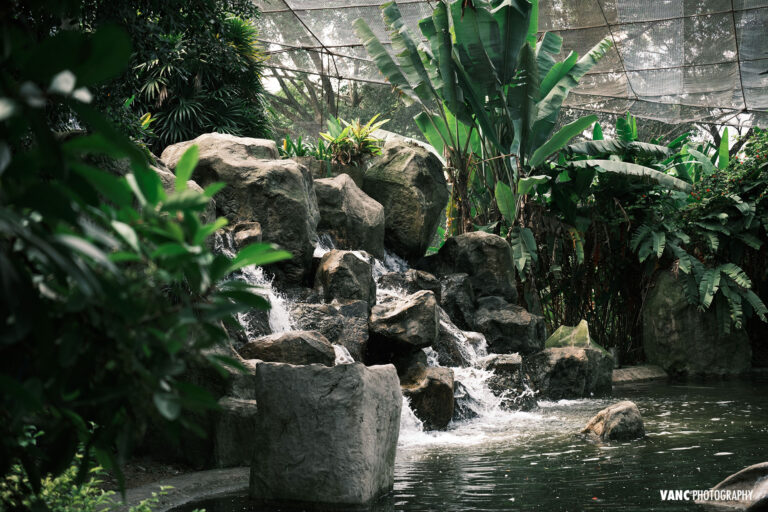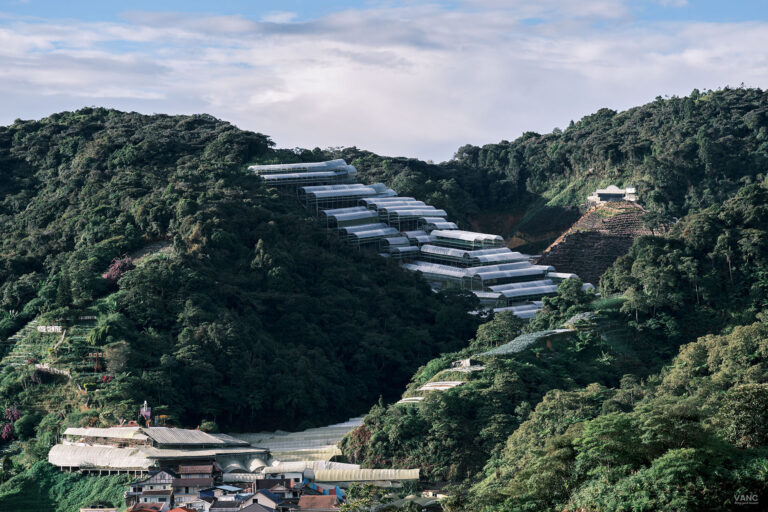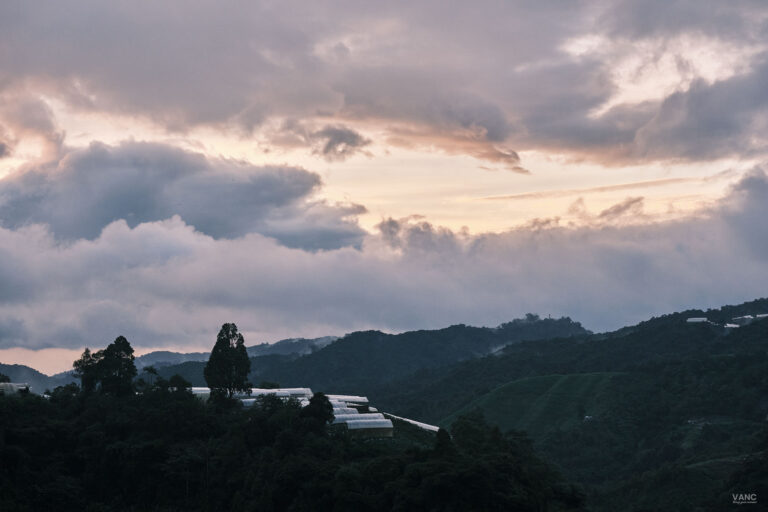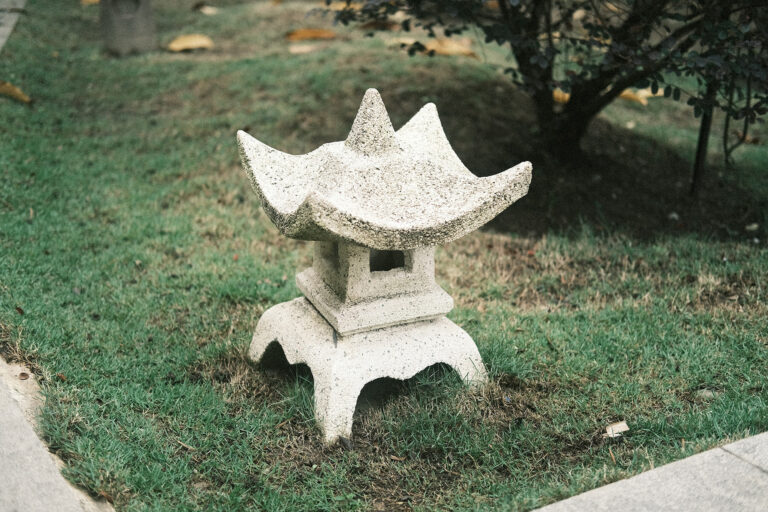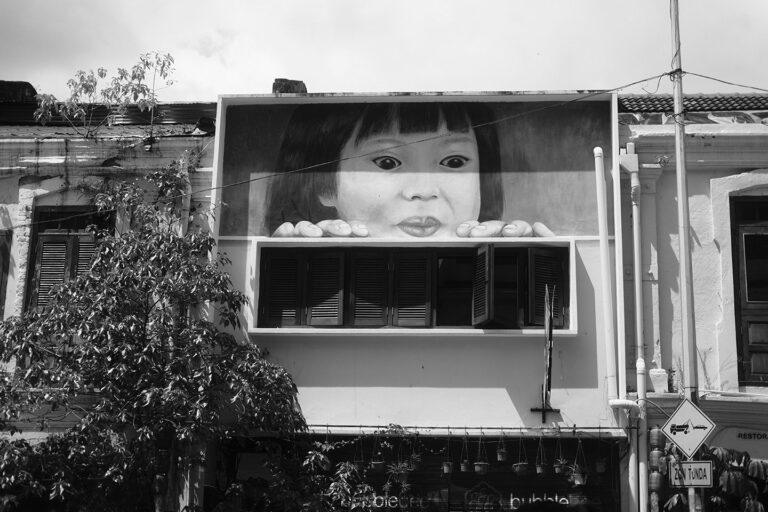Recently I’ve picked up the Fujifilm X-T30, given the name ‘The Little Giant’, this mirrorless camera is all you need for stills photography and video. I was quite surprised by the weight of this camera, compared to my X-T100, which was slightly heavier.
The X-T30 is small, fast, and lightweight suitable for traveling and used for street photography, portraits, and landscape photography.
Key specifications
The X-T30 mirrorless camera comes with a 26.1MP X-Trans BSI-CMOS 4 sensor. It features a 3″ tilting touchscreen display, 2.36M-dot OLED viewfinder, and 425 phase-detect focus points.
- 26.1MP APS-C X-Trans BSI-CMOS 4 sensor
- X-Processor 4
- Hybrid AF system has 425 phase-detect points spread across the entire frame
- Burst shooting at 30 fps with no blackout (but 1.25X) crop using electronic shutter; 20 fps without crop
- 2.36M-dot OLED viewfinder w/0.62x equiv. magnification and 100 fps refresh rate in boost mode
- 3″ tilting touchscreen display
- Dedicated drive, shutter speed, and exposure compensation dials
- Joystick for AF point selection
- Eterna Film Simulation mode
- DCI and UHD 4K/30p capture using the full width of the sensor
- 4:2:0 8-bit internal recording or 4:2:2 10-bit HDMI output
- USB-C socket with headphone support
- Single SD card slot (UHS-I only)
This camera is more than enough if you are a photographer or enthusiast who is not too fancy about the video and only wants to focus on shooting portrait shots, landscapes, or travel photography.
Most of the features and functions from X-T3 is available on X-T30 except for some of the video features. Just keep in mind that this camera is not weather-sealed so, avoid bringing it out in extreme weather, rain, or wet places.
Best Fujifilm Camera For Street & Portrait Photography
One of the best features that I love about X-T30 is its fast autofocus and accurate eye detection compared to other Fujifilm X Series. Many X-T30 users said they made the right choice after getting this camera.
The grip of the camera is great for someone with small hands but not for those with bigger hands. At this point, this isn’t a problem at all because the L-bracket can be added for a better grip. The L-bracket also protects your camera from getting scratches on the bottom part when you put your camera on rough surfaces.
Some users with bigger thumbs might also find they often accidentally press on the Quick Menu button. This problem can be solved by installing the aluminum thumb rest.
Videographer enthusiasts can also build their DIY camera rigs using the X-T30 for video production.
The placement of the command dials is quite convenient for me as I can adjust my camera settings without going into the main setting menu. All I have to say Fujifilm did a great job for user experience, custom settings can be set to the buttons for quick access accordingly to your liking. Pressing the front command dial will switch between Aperture & ISO.
Aperture Priority Mode
By scrolling the command dial until ‘A’ appears up on the display, the camera will enter the Aperture Priority mode. The user has to choose the aperture and the camera will adjust the shutter speed automatically.
Program AE
Scrolling all the way to the right will activate Program AE, this shooting mode will let the camera choose shutter speed and aperture for optimal exposure. A ‘P’ will appear on the bottom left of the LCD screen.
Shutter Priority Mode
If the shutter speed is selected the camera will enter the Shutter Priority mode with ‘S’ showing on the display. Now, the user can adjust the shutter speed and let the camera set the aperture automatically for optimal exposure.
The rear command dial can be used to adjust shutter speed, highlight menu items, focus check, zoom in or out in playback.
Manual mode
If the shutter speed and aperture mode are selected, the camera will enter Manual mode. Here the user has to adjust the shutter speed, aperture, and ISO for optimal exposure.
These are some of the most common functions when it comes to photography and with X-T30, I can quickly use the command dials to adjust the shutter speed, aperture & ISO based on my shooting style.
The Auto switch function is good to use when handling the camera to someone who has no experience in using custom camera settings and by switching to Auto mode, the camera will adjust the Aperture, ISO & shutter speed automatically.
Burst mode
The X-T30 offers burst mode consisting of Continuous Low at 3.0, 4.0, 5.0 fps, and Continuous High at 8.0, 10, and 20 frames per second. Continuous shooting can be accessed by just twisting the Drive Dial without having to access the menu. Best quick access for fast pace sports & wildlife photography.
Film Simulation
One of the things I like about the Fujifilm camera is color reproduction. Film Simulation is one of the unique features when it comes to the Fujifilm camera. You can select one of the simulation bases on your shooting style. The X-T30 comes with 10 film simulation modes and you can manually add 7 more film simulation recipes custom setting.
- Provia/STANDARD
- Velvia/VIVID
- Astia/SOFT
- Classic Chrome
- PRO Negative Hi
- PRO Negative Standard
- Eterna/CINEMA
- ACROS
- Monochrome
- Sepia
As I love black and white photos, ACROS is one of my favorites film simulations. ACROS works really well for street photography as it gives amazing shadow and sharpness to the photos. I saw there are many Fujifilm street photographers who also like to use color reproduction.
Other than using the default Film Simulation, users can manually adjust the colors, sharpness, color temperature, shadow tone, highlight tone & noise, and set it as a custom setting for quick access whenever you wanted to take a shot. There are a lot of film simulation recipes you can find in photography blogs and websites. The custom simulation can be set on the X-T30 by using the Q button. Check out my best vintage film recipes I’ve used for photoshoot.
Best Fujifilm X-T30 camera settings
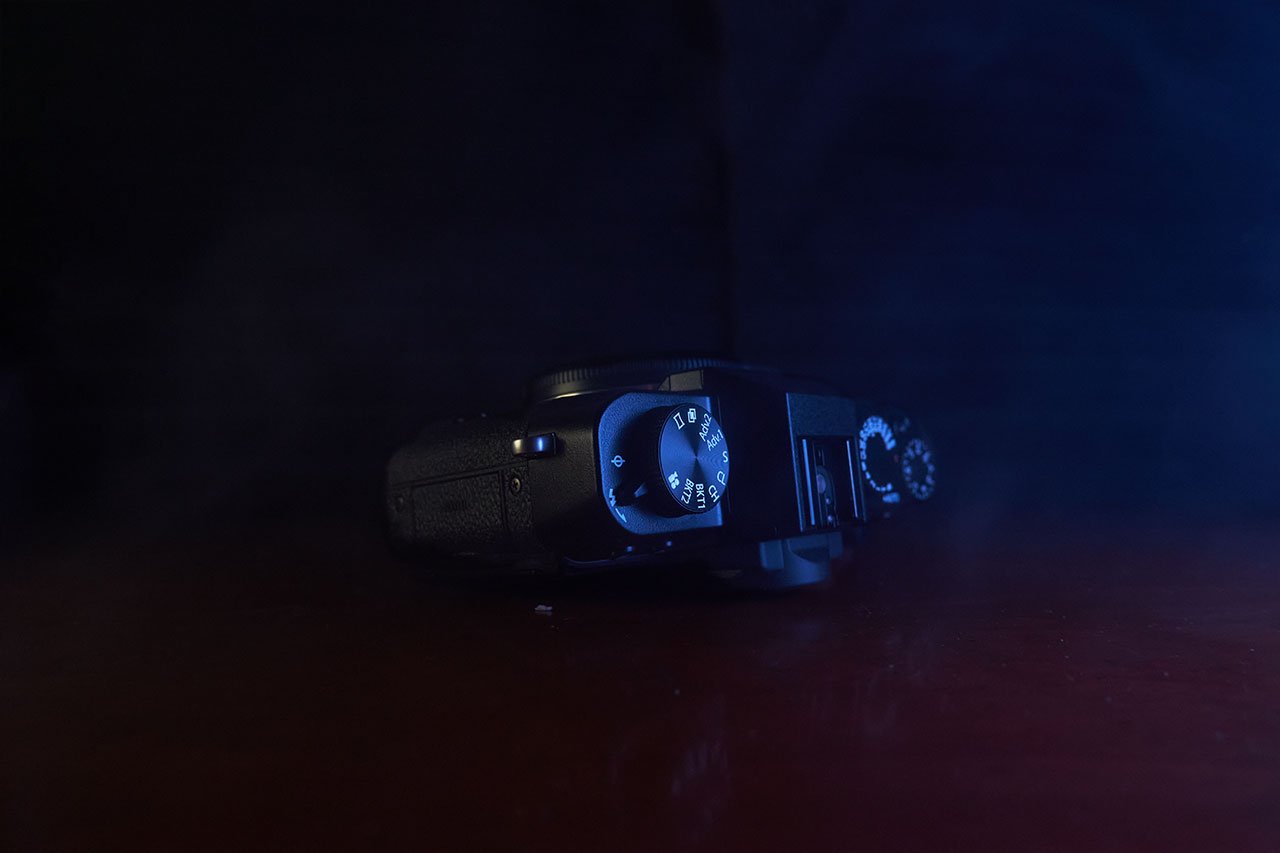
I’m not sure if there are best camera settings, but setting the camera to Auto ISO is a way to start for me. Usually, I would have my camera set to Auto ISO (let the camera choose the right ISO) and manually adjusting the shutter speed and aperture. I would set to the maximum auto ISO, e.g auto ISO800 depends on my shooting location and weather condition, and let the camera choose the ISO for me.
Most of the time during sunny or cloudy days, the camera will help me choose the lowest ISO to avoid noise (ISO160 or above) and adjust the shutter speed and aperture to balance the exposure accordingly. Then I will refer to the histograms for highlight and shadow. I also monitor the exposure level using the exposure indicator so my image doesn’t underexpose or overexpose. In that case, if I still can’t get the right exposure, full manual mode is the way to go. This is just my personal preference, way of shooting, and what I have learned in photography so far.
Sample Photos
Conclusion
Fujifilm X-T30 best Fujifilm camera I’ve ever owned so far and the X-T30 can last for years with frequent firmware and performance updates. X-T30 is a fast performance camera, it is great for photography enthusiasts who want to quickly take sharp still images whether it’s street photography, portrait shots, or landscape photography.
I got this Fujifilm X-T30 Mirrorless Digital Camera, Black under $750 without the kit lens. It is a great deal and the cheapest price I can get.
There is news circling around on the internet about Fujifilm to release 2 new cameras within 2020 & 2021, rumors heard one of it is the X-T40. But rumors are still rumors, X-T30 still working great for the Fujifilm X-Series range model. If you are not into video production and only focused on taking photos, X-T30 is the right choice and there are no regrets of owning it.

